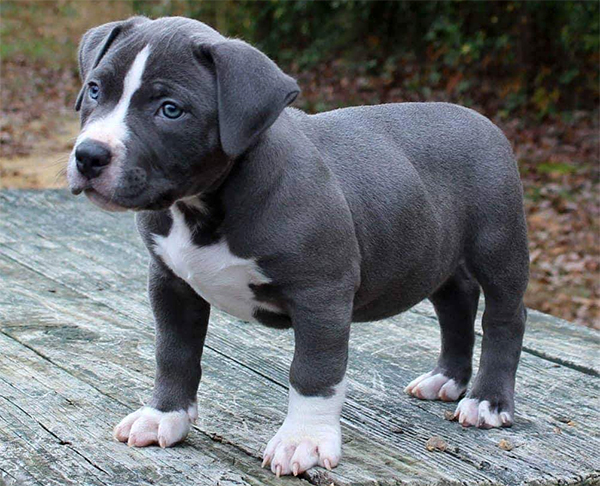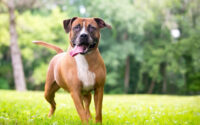What do pitbull puppies look like
Understanding the Pitbull Breed
Table of Contents
“Pitbull” is a term often used to describe several dog breeds with similar ancestry, such as the American Pit Bull Terrier, American Staffordshire Terrier, and Staffordshire Bull Terrier. While they have unique differences, their puppies tend to share many similar physical characteristics.
General Appearance of Pitbull Puppies
Pitbull puppies are compact, muscular, and energetic. They have a broad head, round eyes, and a short, smooth coat. Their ears may be floppy at birth but can either remain that way or be cropped later, depending on the owner’s preference and regional laws. Their tails are medium-length and straight, and their legs are strong and sturdy, even as pups.
Common Colors and Coat Patterns

Pitbull puppies come in a wide variety of colors and coat patterns. Their short fur is glossy and lies flat against their skin, making them easy to groom. Common color variations include:
- Blue (a greyish tone)
- Black and white
- Brindle
- Fawn
- Chocolate
- Red nose and blue nose variations
Growth and Development
At birth, pitbull puppies weigh just a few ounces but grow rapidly. By the time they reach 8 weeks, they’re usually stocky and playful. Their facial features begin to define around 3 to 4 weeks, and their eyes transition from a cloudy blue to their permanent color. As they grow, their muscular build and posture become more noticeable.
Physical Features at a Glance
The table below gives a summary of the most common physical traits of pitbull puppies:
| Feature | Description |
|---|---|
| Head | Broad and round with a short muzzle |
| Body | Compact, muscular, with a deep chest |
| Ears | Floppy at birth, may stay floppy or be cropped |
| Coat | Short, smooth, and glossy |
| Tail | Medium length and straight |
Recognizing a Healthy Pitbull Puppy
Healthy pitbull puppies are active, alert, and social. They should have bright eyes, clean ears, and a shiny coat. It’s also important to observe their behavior—they should be curious, playful, and responsive. Puppies that are overly shy or aggressive may need more socialization or a check-up with a vet.




Knowing what a healthy pitbull puppy looks like is really helpful. Thanks for the info!
I always thought pitbulls were just one breed. This article clarified a lot.
The description of pitbull puppies’ appearance is very detailed. I can almost picture them!
I’ve always been curious about pitbull ears and why some are cropped. Now I understand better.
I didn’t know there were so many breeds under the term ‘Pitbull’. Very informative!
Great to know about the physical traits of healthy puppies. Will keep this in mind!
I didn’t realize that their eyes change color as they grow. Fascinating detail!
The growth and development section gives a good idea of how fast these pups grow.
It’s interesting to learn about the different colors and coat patterns of pitbull puppies.
This article taught me a lot about recognizing healthy behaviors in puppies, which is great for new owners.